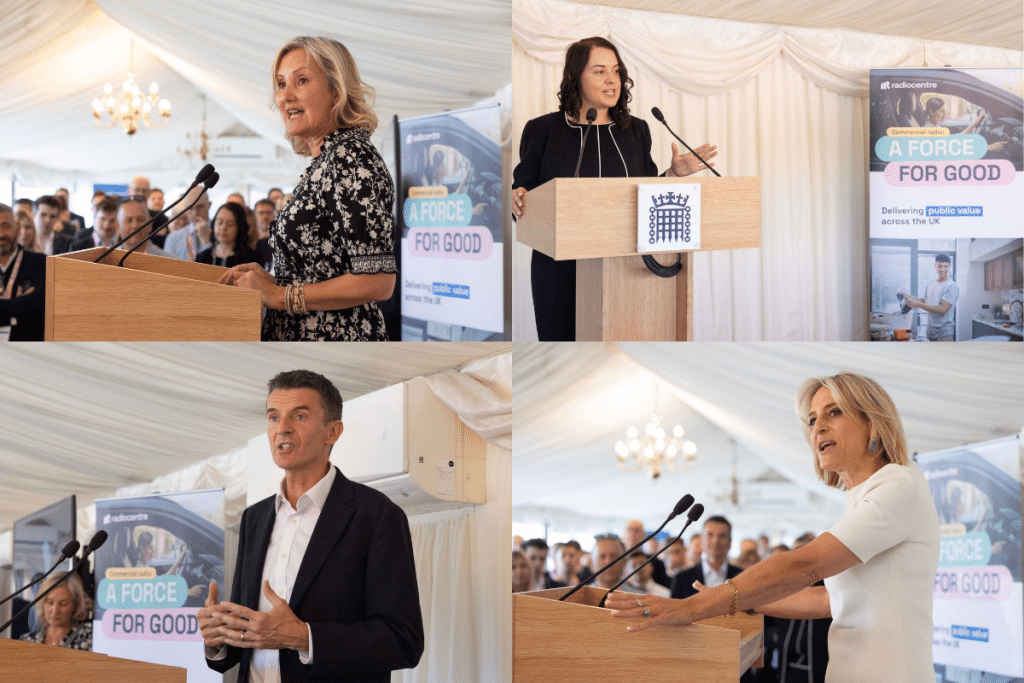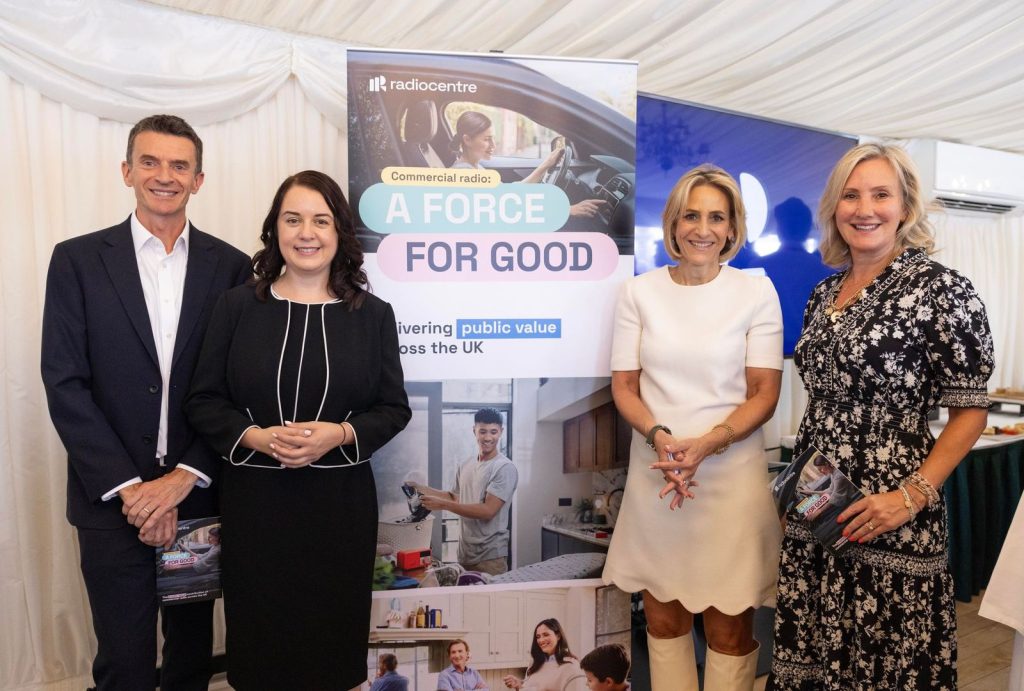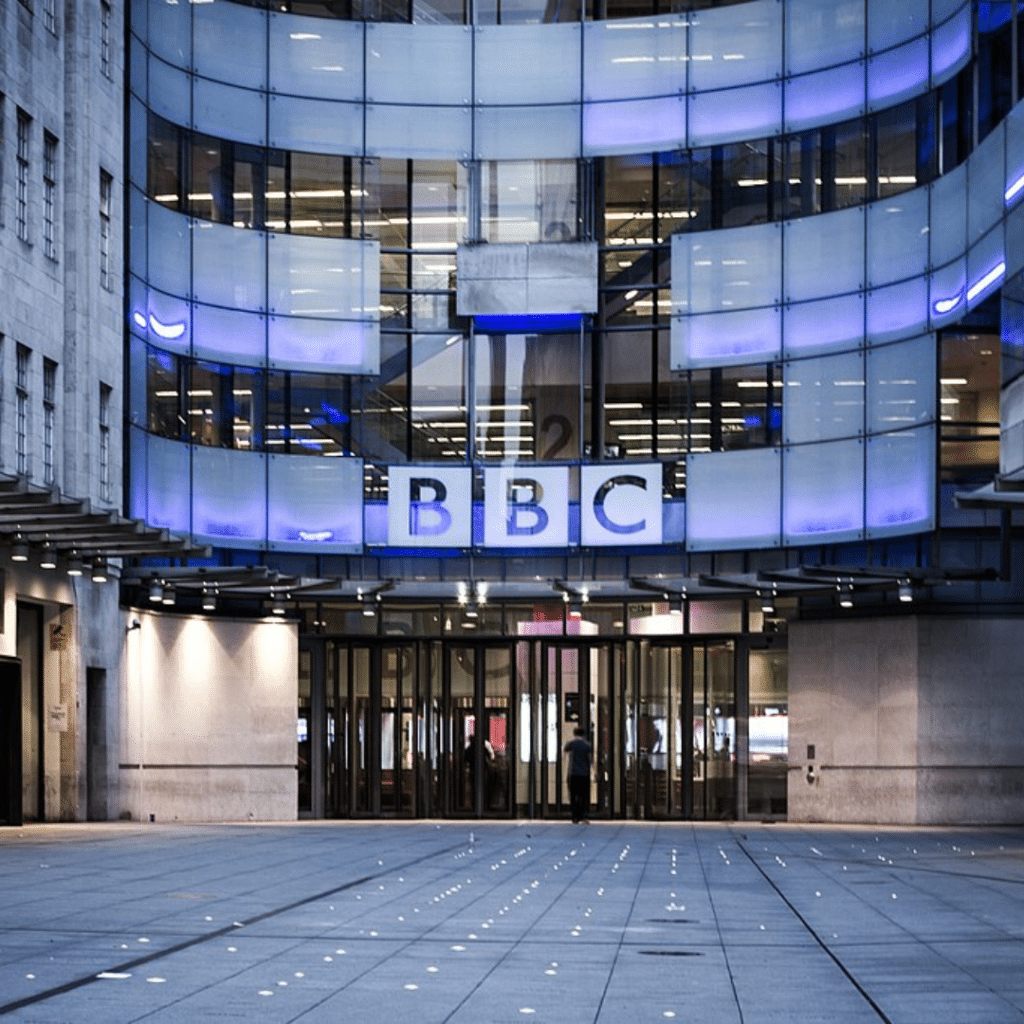
David Lloyd: more digital listening insight

Radio consultant David Lloyd provides insight into the latest Rajar Midas figures. This article originally ran on his website.
The seasonal Midas survey brings riches, as befits its name. The folk at Rajar shine another welcome beam of insight into a fast-changing media world.
Whilst the main Rajar survey tells us something of what listeners are listening to and when, Midas sticks its nose into how they are listening – and how the allied services of listen-again and podcasting dovetail into listeners’ lives. It’s a increasingly useful piece of work.
The survey calls upon responses from just over 2000 former Rajar respondents. So, undaunted by having successfully filled in a Rajar diary for a week, these willing graduates agreed to be interrogated further. It’s a decent and cost-effective approach, and we can trust Rajar to exercise its proven diligence, but it might be suggested that these individuals are a tad more likely to be peculiarly interested in this whole arena than normal folk. Thank goodness, really.
Evidence of the scale of that might be the heightened propensity to listen to radio amongst this sample compared to the main Rajar study : 93% (Midas) v 89% (main survey) weekly reach (slightly different survey period).
As with the main survey, however, the proportion of folk listening live weekly to radio is a) huge – and b) would make a reassuring but boring graph – (93% – 90% – 88% in the last three autumns). Press pundits and annoying agency media buyers who suggest linear live radio is in imminent risk of death should find jobs to which they are better suited. Weekly reach amongst 15-24s is also huge, but appreciably lower than amongst all adults, at 83%. But, it was about that in 2018 and 2017 too, so it doesn’t look like any cliff I’ve seen.
When considering the whole pick ‘n’ mix of dedicated audio offerings, live radio still rules, commanding around three quarters of ear-time.
17% of adults do some podcasting a least once a week – a hefty proportion – the same as claim to have sex once a day actually, according to another recent survey.
And when they do it – podcasting that is – they are highly likely to do it on their phone – delivering 68% of pod hours.
More 15-24s do it than any other age group – but now only just – reaching 23%. Access to podcasting now looks as though it is levelling out across the generations, apart from 55+s. This is great news – a generation which finds the traditional flavour of radio maybe not quite as appealing as their dads did, evidently finds that podcasts taste sick.
67% of podcast listeners boast they listen to whole episodes; and 68% listen typically to all of the episodes they download. That sounds to me like a generous verdict of their own habits. Edison’s study in the US concluded that 52% of Americans tend to listen to entire episodes. Maybe it’s a tough question to answer – try the same question for a film on Netflix. Depends which film – and how bored I get. In this digital audio world, however, the real data will exist.
As other data shows, the reach of podcasting is now significant. Its share of the audio listening cake is, however, at 4% vs 73% for live radio – and double that of radio’s listen-again brother (2%). With listen-again/on-demand listening, attention levels seem high, with most listeners relaxing or doing nothing whilst they listen in to their defrosted radio programmes; as opposed to the driving and other duties which tend to accompany live radio and indeed podcasting. In terms of reach, the older generation likes its listen again/on demand.
When you see someone wandering down the road and wonder what they’re listening to in their EarPods – it probably is some wacky podcast, with 55% of headphone users dipping into those, taking the crown from audiobooks, which dominated in the spring. Only 12% of headphone users strut to a radio station – but frankly, walking down the road or sitting on the Victoria line has never really been radio’s province. This is exciting, as audio finds new spaces in people’s lives.
Audiobooks enjoy a small but noteworthy following – for example, reaching 10% of 25-34s – a demo which recent Midas surveys suggest particularly likes this pastime. They reach 6% overall.
60% of 15-24s are using on-demand music services – it had been 51% across the previous couple of years. Across the piste, it’s edging up – amongst all adults, 28% use them, up from 24% a year ago, and 20% the year before. When you glance at radio’s comparative robustness, it’s clear that a fair proportion of this growth is not the result of a bloody sacrifice of radio listening time. Generation rent is upon us, with a ski-slope graph for CDs and other owned-digital tracks.
Smart speakers are doing well, although I wouldn’t say mine was top of the class. They have doubled their share of the audio listening cake – up to 6%, year-on-year. These bad boys are the new radio sets. 75% of all listening on them is to live radio. On-demand enjoys a 23% share of smart listening but very few people appear sufficiently determined to keep yelling at them until they find the podcast they want from the other 29 million. Before radio complacency sets in though, creating a ‘radio station’ which lives on this platform is something anyone can do – and given time, tech, trends and significant marketing investment, the station they ask for, in future, might not belong to a familiar radio operator.
In the live radio scrap, DAB now wins both the battle – and the war – for the first time. She is ahead in each of reach and listening hours. King Midas suggests DAB now reaches 54%, versus 52% for FM. 45% of live radio listening is on a DAB set, with 35% relying on trusty analogue. DAB has been an expensive journey for radio companies, but it is frightening to imagine a world without it. We’d just have had a few AM rebrands to boast about as evidence of the medium’s national excitement in recent years.
Before Government flogs off FM spectrum to pay the Brexit bills, it’s worth pointing out, though. how different the split is station-by-station, with the headline figures affected increasingly by the fresh DAB-only offerings. The main Rajar survey suggest that, for example, Heart in the West Midlands still delivers twice as many hours on FM than on DAB – and Radio 1 has almost twice as many FM listeners as it does DAB listeners.
One thing’s for sure, the audio world has never been so diverse, so changeable, so competitive and so exciting. The spoken word has maybe not reached quite as many people since the heyday of the BBC Home Service.

Radio Secrets is a comprehensive guide to contemporary presentation and production techniques in all formats, from writing to delivery, across radio and podcasting.
Read this book and gain insights into:
– Tight contemporary music presentation
– Generating engaging talk content
– Developing authenticity and likeability
– Handling double-acts, callers and contests
– Understanding the audience and keeping them listening
Whether you are a newcomer or a seasoned performer, Radio Secrets is essential reading.



